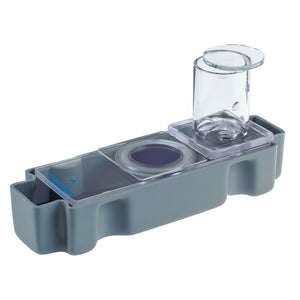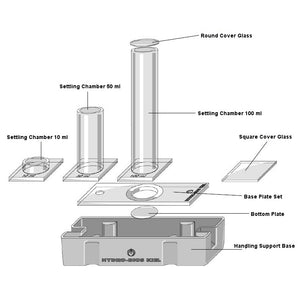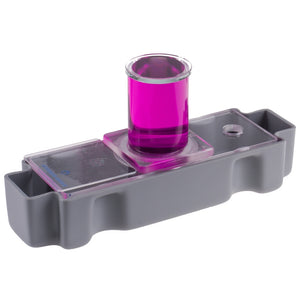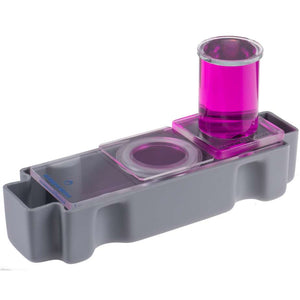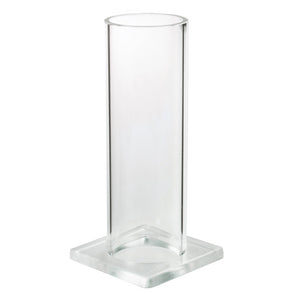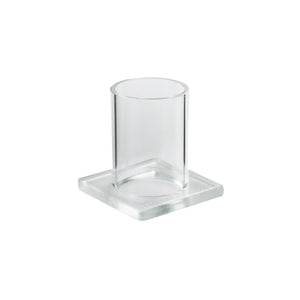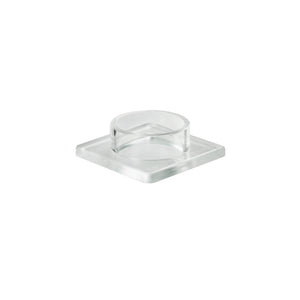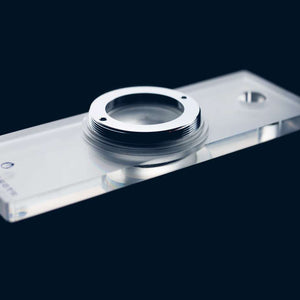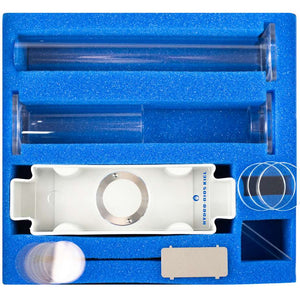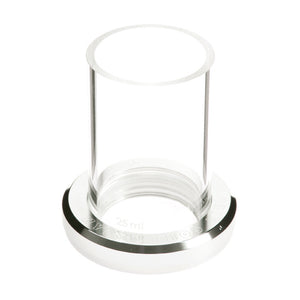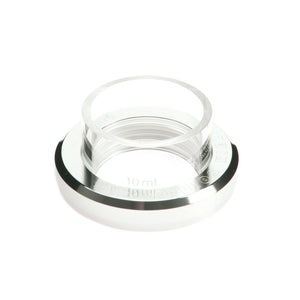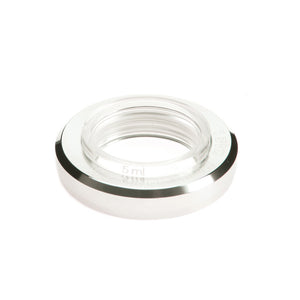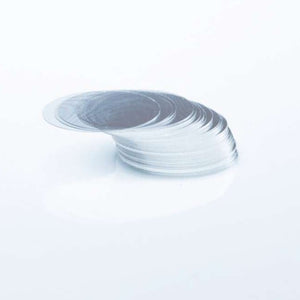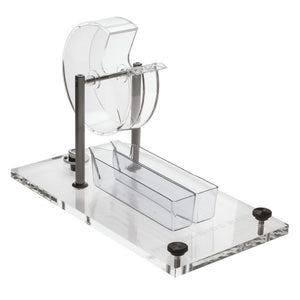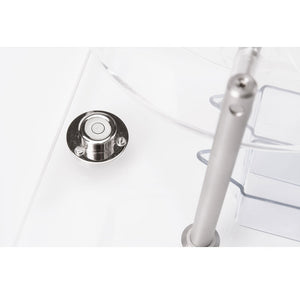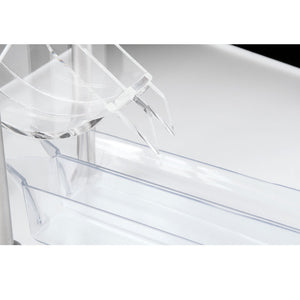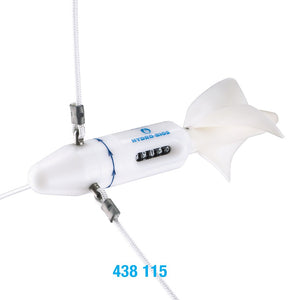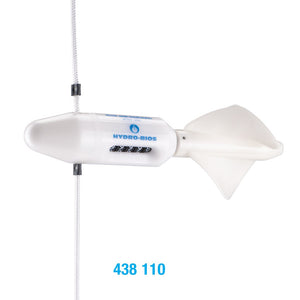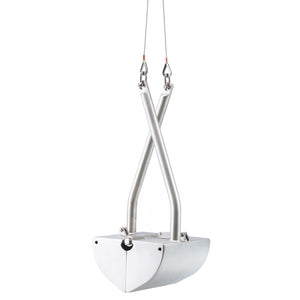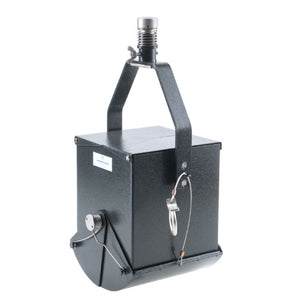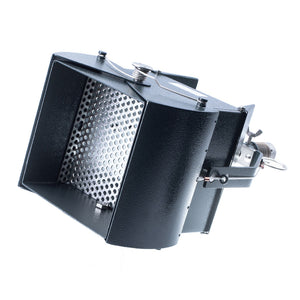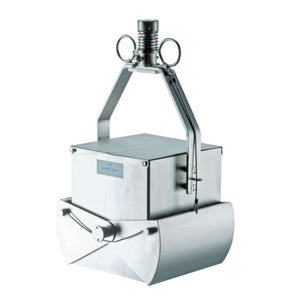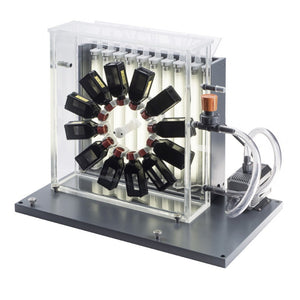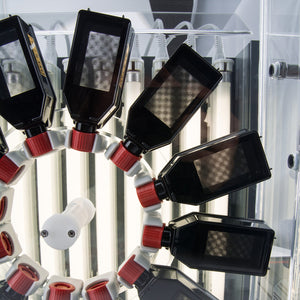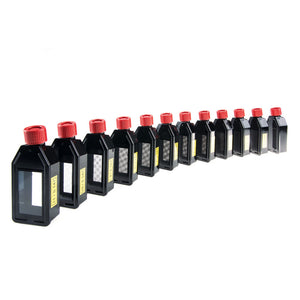SHIPPING QUOTE FOR OVERSIZED ITEMS MUST BE REQUESTED | WhatsApp Global CLICK HERE
- Home
-
Full Catalog
-
Field Equipment
- Capture Equipment & Supplies (Active)
- Capture Equipment and Supplies (Passive)
- Botany Equipment & Supplies
- Detection and Recording Equipment & Supplies
- Field Measurement Supplies
- Insect Study Equipment & Supplies (Entomology)
- Fresh Water Study Equipment & Supplies (Limnology)
- Marine Study Equipment & Supplies (Oceanography)
- Navigation Supplies
- Optics (for Field)
- Protective Gear
- Soil Study Equipment & Supplies
- Laboratory Equipment
- Camping Equipment
- Climbing
- Wildlife Control
- Optics
- General Supplies
- Software
- Clothing
-
Field Equipment
- Our Brands
- About Us
- BIOWEB Group
- Translate
- Home
-
Full Catalog
+
-
Field Equipment
+
- Capture Equipment & Supplies (Active)
- Capture Equipment and Supplies (Passive)
- Botany Equipment & Supplies
- Detection and Recording Equipment & Supplies
- Field Measurement Supplies
- Insect Study Equipment & Supplies (Entomology)
- Fresh Water Study Equipment & Supplies (Limnology)
- Marine Study Equipment & Supplies (Oceanography)
- Navigation Supplies
- Optics (for Field)
- Protective Gear
- Soil Study Equipment & Supplies
- Laboratory Equipment +
- Camping Equipment +
- Climbing
- Wildlife Control +
- Optics +
- General Supplies +
- Software
- Clothing
-
Field Equipment
+
- Our Brands +
- About Us
- BIOWEB Group
- Translate
- Sign in
- Toll Free +1-855 5 BIOWEB
-
English
+











